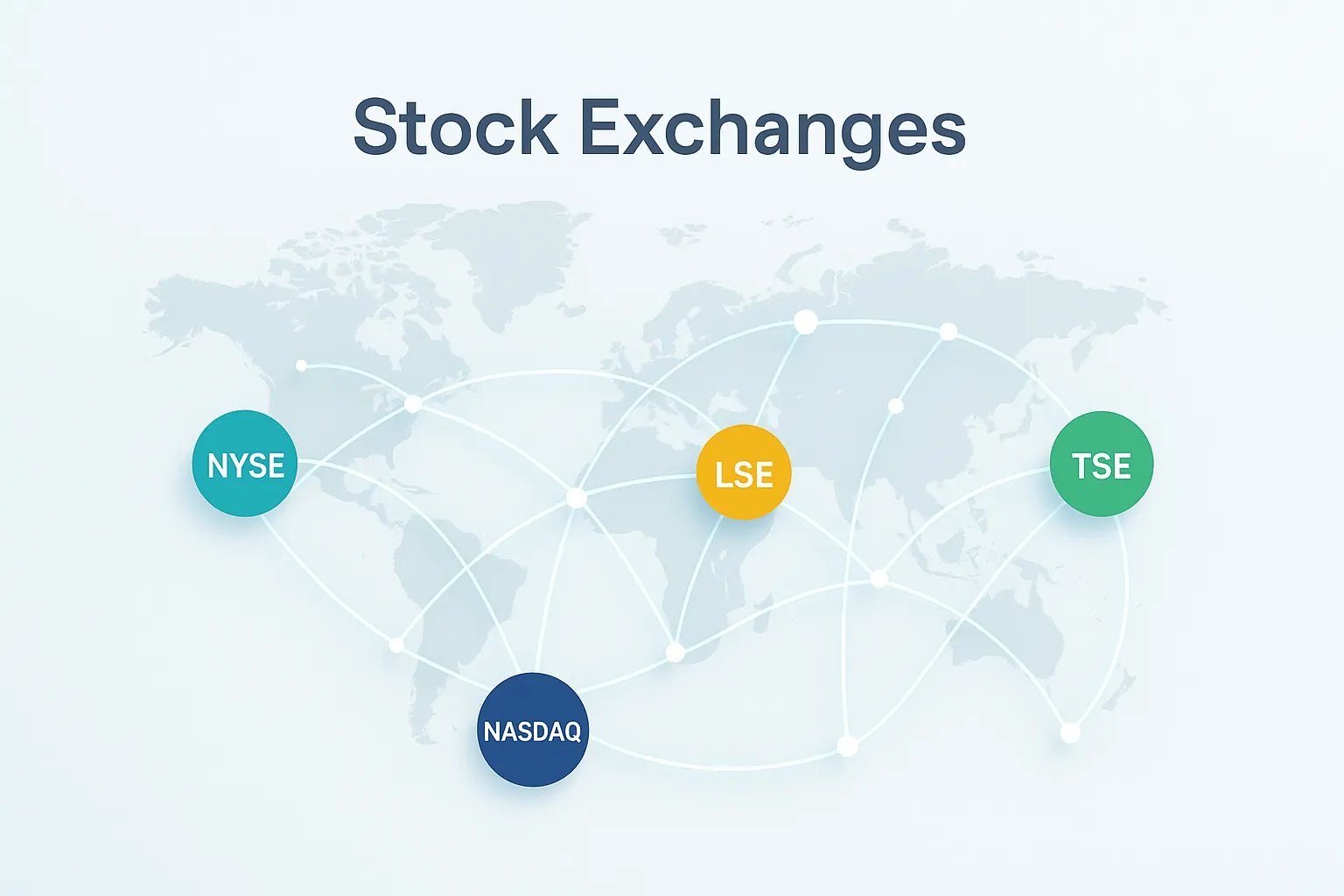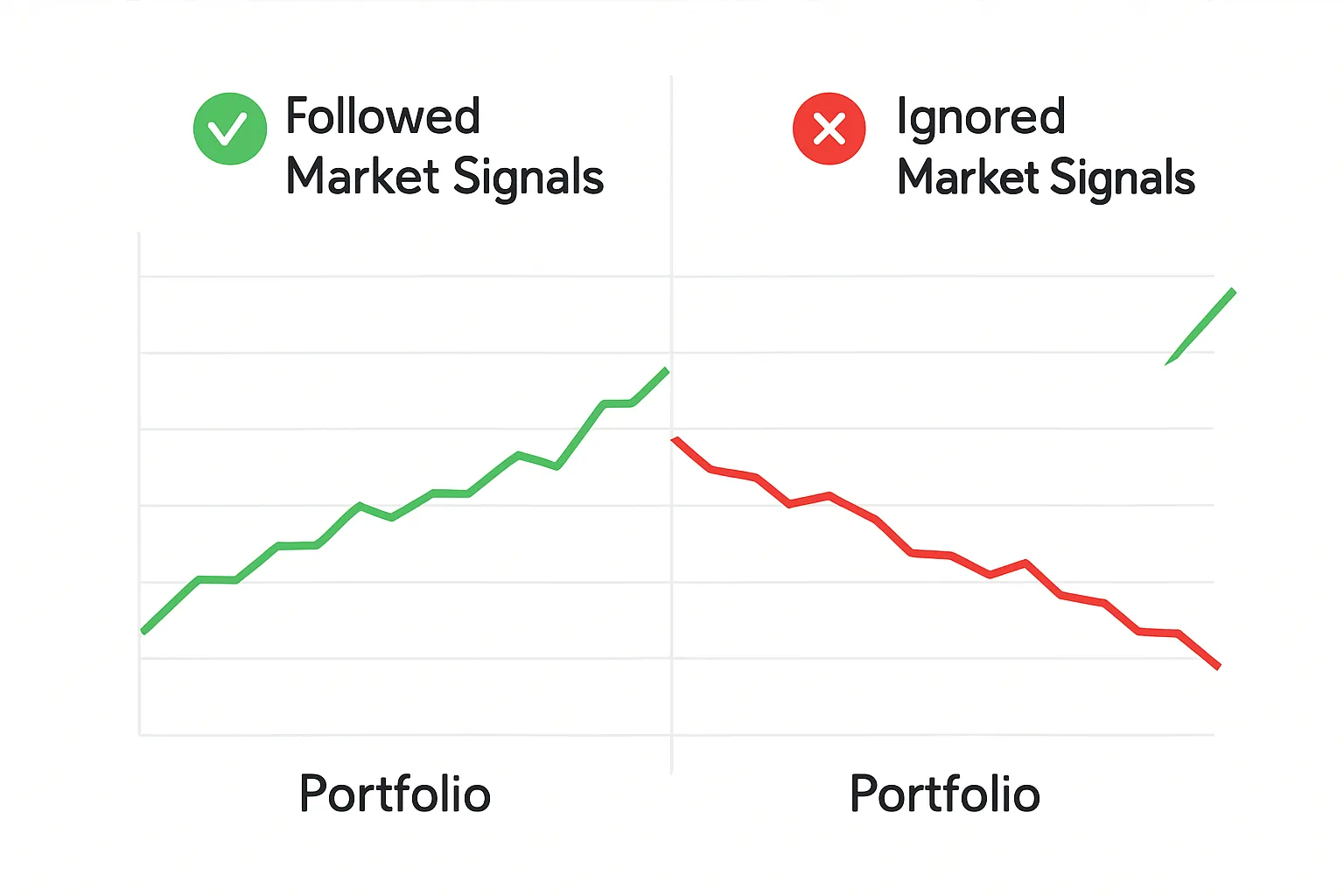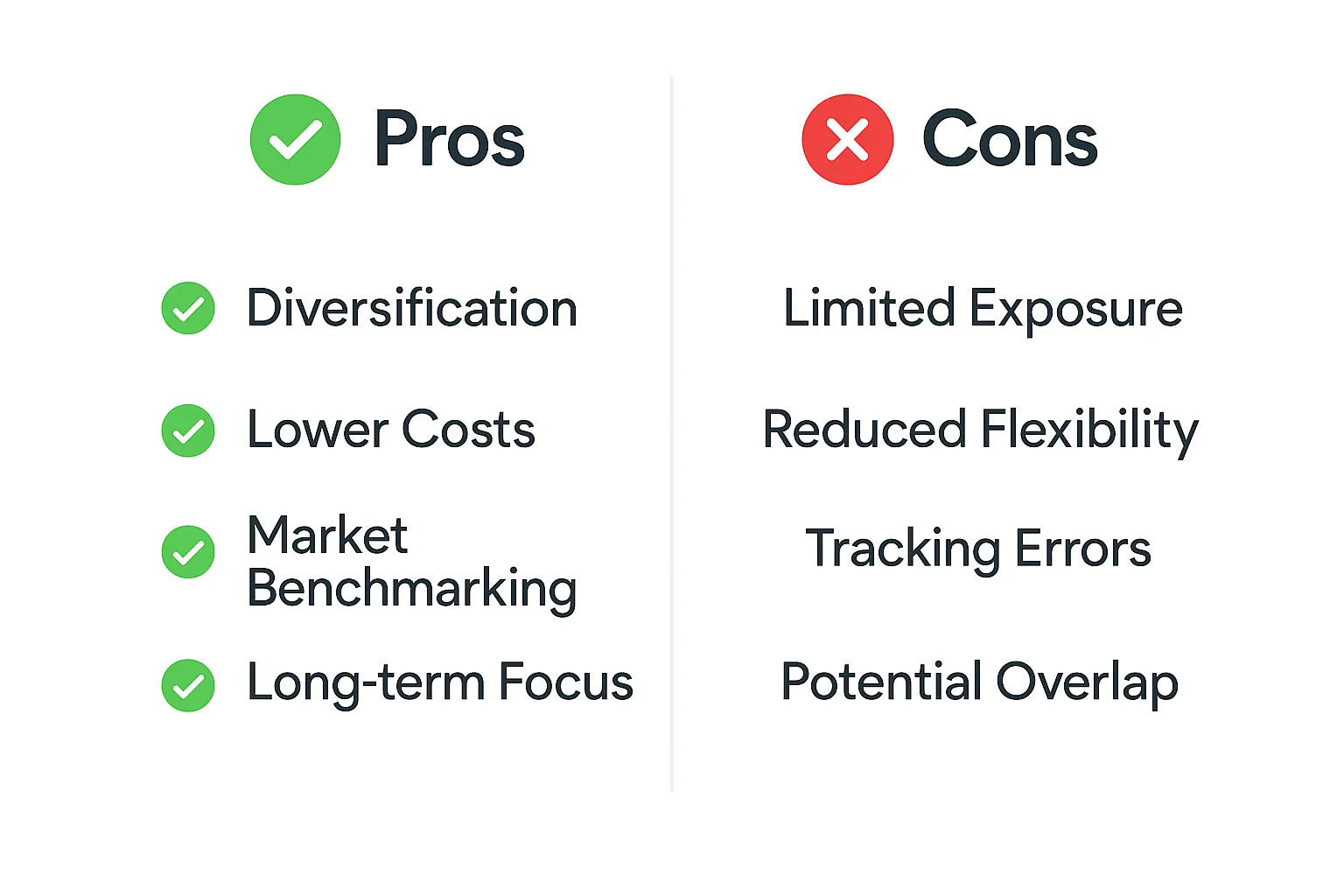Every trade you place is routed through an exchange—an organized marketplace governed by rules, listing standards, and matching engines. From open-outcry pits to today’s ultra-fast, electronic venues, the goal hasn’t changed: bring buyers and sellers together, set a transparent price, and print a reliable tape. The “pulse” that investors watch daily comes from indices (like the S&P 500 or Nasdaq Composite), which aggregate many stocks into a single, trackable number so you can judge overall risk appetite and sector leadership at a glance.
Before you dive deep, be clear on the building blocks you actually own. If you’re new to equities, start with a refresher on what a stock represents—a slice of a real business—not just a ticker on a screen:contentReference[oaicite:0]{index=0}. Then connect that idea to how value is formed and perceived in markets via understanding the real value of a stock:contentReference[oaicite:1]{index=1}. With that foundation, you’ll navigate daily moves more rationally and avoid chasing headlines—see our practical guide on using signals to cut through news noise:contentReference[oaicite:2]{index=2}.
Indices help you measure relative and absolute performance: Did your portfolio beat the market? Which sectors led or lagged? A market‑cap weighted index will tilt toward mega-caps, while an equal‑weight version can surface broad participation (or the lack of it). Understanding these nuances helps you decide whether a rally is healthy or narrow—and whether to rotate, hedge, or stay the course.
“An investment in knowledge pays the best interest.” — Benjamin Franklin
Finally, exchanges and indices are not just abstractions—they’re operating frameworks for your money. The exchange sets the ground rules; the index sets the benchmark that shapes fund flows, risk models, and investor expectations. Learn how they interact, and you’ll make smarter, faster decisions with far less stress.
- Exchanges provide the rulebook and venue; indices provide the scoreboard.
- Index weighting methods change the story you’re reading—know which one you’re looking at.
- Anchor decisions in fundamentals and use indices for context, not prophecy:contentReference[oaicite:3]{index=3}.



